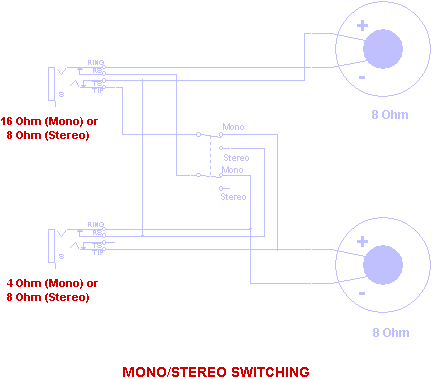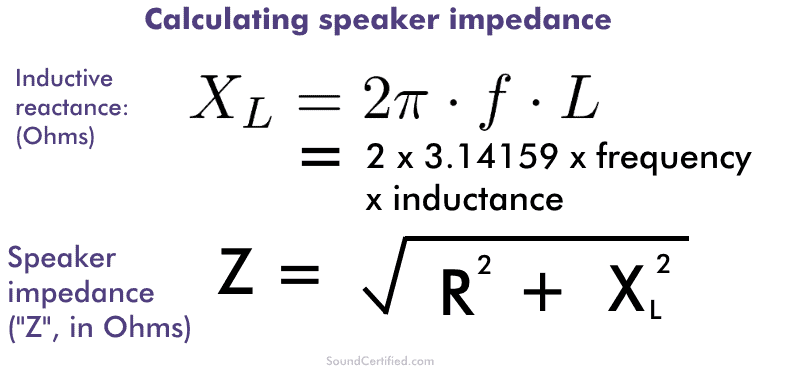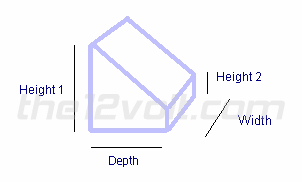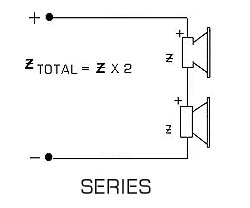Ohm Calculator Speaker Cabinet

However if there are two speakers connected in parallel the speaker with the higher impedance will take up less power.
Ohm calculator speaker cabinet. So if i wire the mid and the sub in series that would be 8 ohms and then the tweeter in parallel that would bring me to 4 ohms. Just enter 2 known values and the calculator will solve for the others. This means that the 8 ohm speaker would take in twice the power of its 4 ohm speaker partner. A 4 ohm speaker and an 8 ohm speaker connected in series it s power shared or utilized is proportional to the resistance.
In reality the impedance will vary with frequency and more factors such as coil temperature come into play. There are other less common values but they are relatively rare. I used the calculator above for series parallel and i place the mid ohm value 4 ohm in speaker box one the sub ohm value 4ohm in speaker box 3 and the tweeter value 8ohm in box. Make sure the ohm setting on the amp is the same as the speakers or cabinet.
Remember calculations are only to be used as a guide. Drivers a term used to describe the various speakers inside a cabinet usually have coils that are wound to be four eight or sixteen ohms. The drivers are then wired in different. Welcome to speaker impedance.
This usually occurs at a frequency between 250 and 400 hz. 1 x 8 ohm speaker 8 ohm load 1x16 ohm speaker 16 ohm load two speakers remember. Check the label for a nominal impedance rating. Most speaker manufacturers list an impedance rating on the speaker label or the packaging.
To get the full 2050w of power from the head you need to provide a 2 ohm load and will likely have to hook up multiple bass speaker cabinets since 2 ohm cabinets are very uncommon. Simple to use ohm s law calculator. Vavle amp rule 2. Calculate power current voltage or resistance.
Speaker wiring is a simple process that often gets complicated when trying to visualize the wiring configuration. The results show every possible wiring configuration for your setup. This nominal impedance rating usually 4 8 or 16 ohms is an estimate of the minimum impedance for typical audio ranges. Speakers drivers the actual device in the cabinet and speaker cabinets are typically 4 or 8.
The higher the number of ohms in a speaker or cabinet s rating the more resistance to the flow of power and less power will reach the speaker. Match impedances ohms all speakers in the same box should have the same impedance. This website calculates the nominal impedance created with different combinations of wiring speakers together.














































